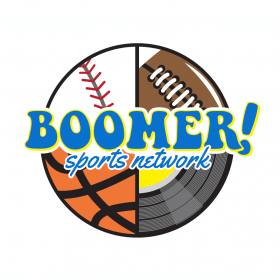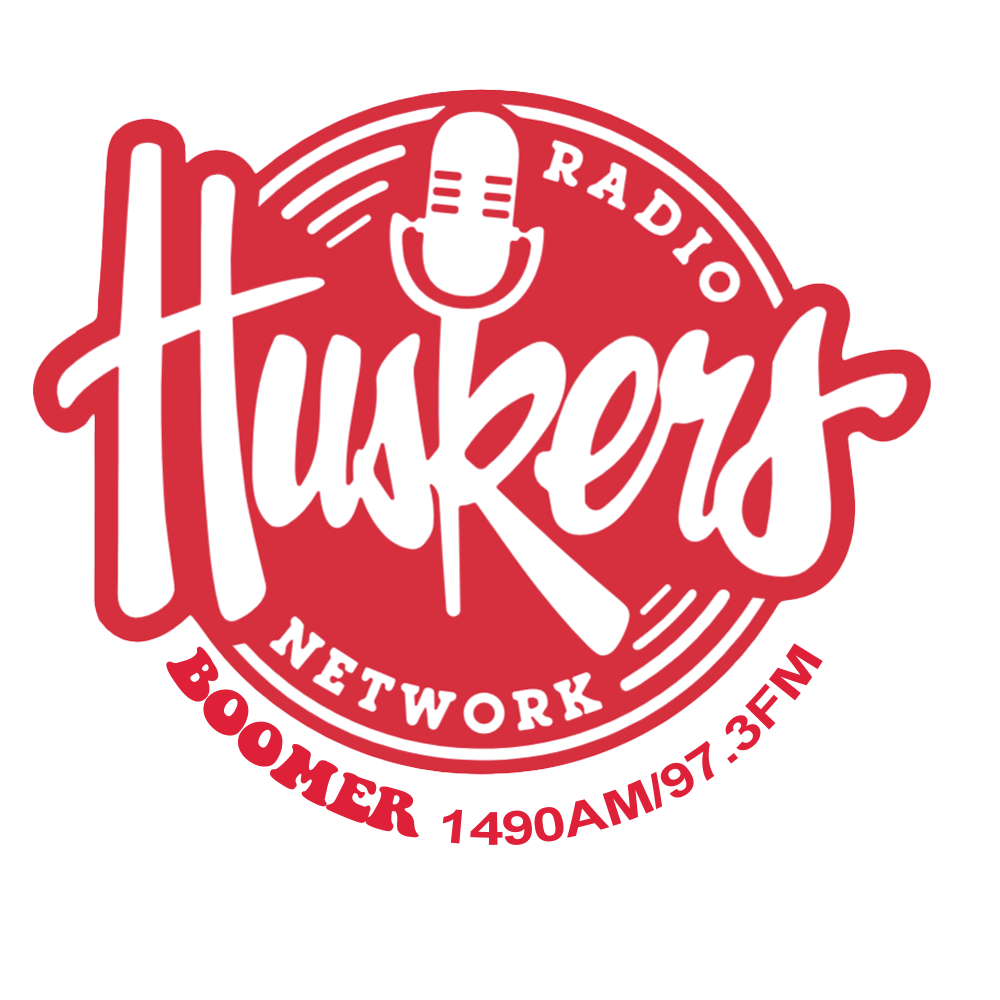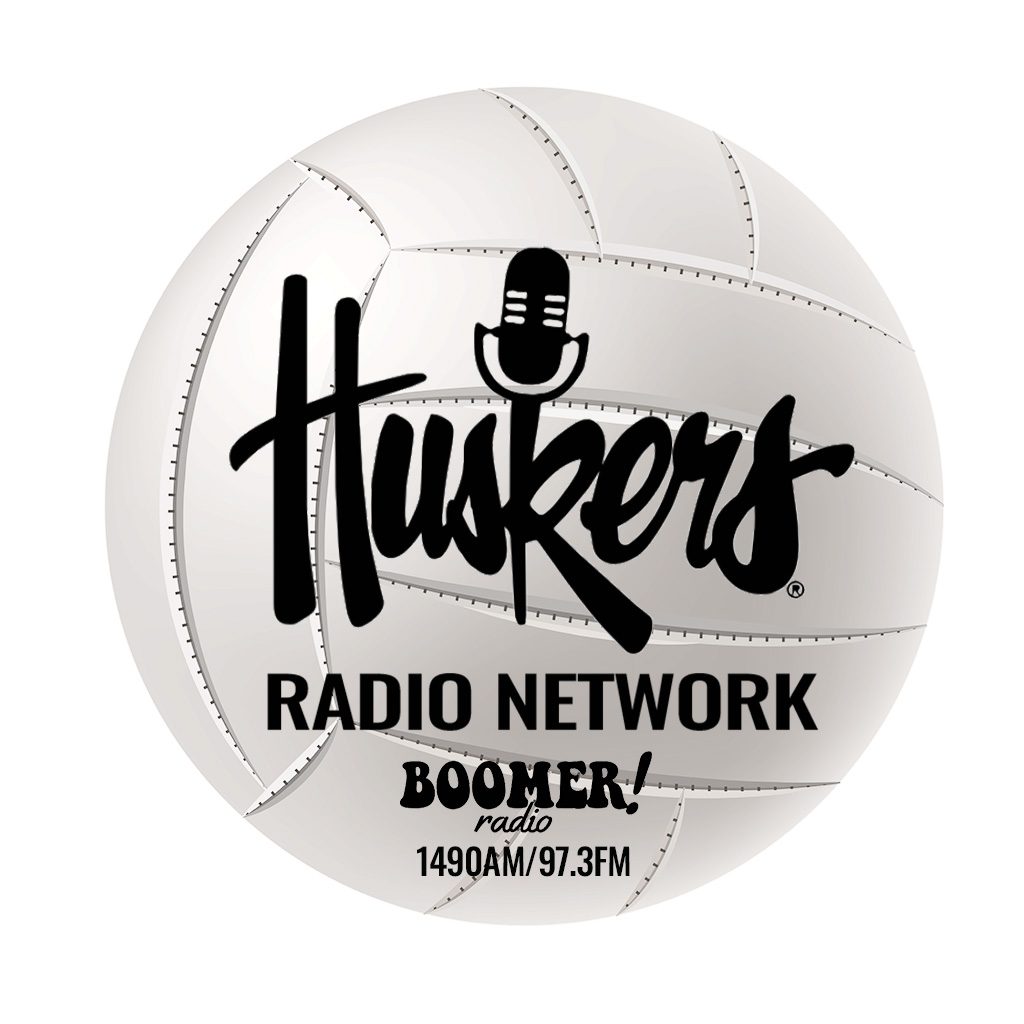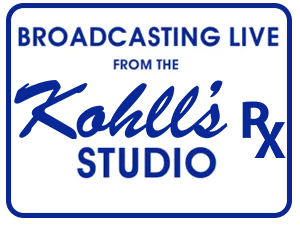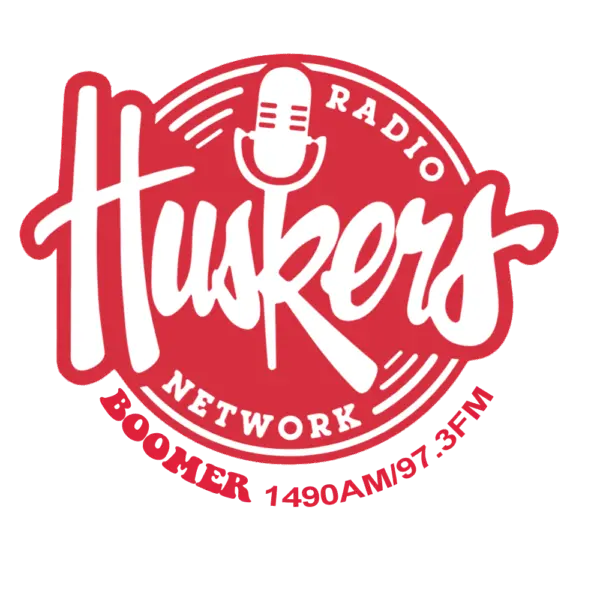
Boomer Destinations: Oklahoma City
By Tim Trudell
Oklahoma’s “Boomer Sooner State” nickname seems appropriate for a Boomer Destination. Oklahoma City has grown from a small southern Plains city to a vibrant Metropolitan area.
I’ve visited the area five times over the past decade, and there’s always something new to explore. Of course, there are always favorites, such as Bricktown, with its canal, and the National Cowboy and Western Heritage Museum.
First Americans Museum
The first thing that stands out when visiting the First Americans Museum is a note that says most of Oklahoma’s 39 Indigenous nations are not in the state by choice. Most tribes – including the Cherokee and other southeastern nations – arrived as a result of the Trail of Tears, a forced relocation by the federal government.
The First Americans Museum examines Native American history from pre-European contact to contemporary life. It’s important among Indigenous People that American society know we’re still here.
Offering a look at First Americans history through specific eras, such as Origins (up to 1830). During this period, prehistoric tribes, such as the Hopewell, created large communities only to mysteriously disappear, becoming extinct. European contact occurs during the Origins period, ending with the Indian Removal Act forcing tribes to be moved to Indian Territory – Oklahoma.
Unraveled (1830-1907) and Braided Nations (1907-Present) examine Indigenous life after the Indian Removal Act and Dawes Act, which allotted land to Native Americans in an attempt to destroy culture, to forced assimilation through reservation life and boarding schools. The section includes tribal revitalization and renewed pride and sovereignty.
Powwows are a celebration of culture, history and the future. Exhibits offer a look at the dancing, music, food and community of the event.
Sports have always been important to Native Americans. Inventing stick ball – lacrosse – tribes would often play matches in lieu of war. Games could last days.
The First Americans Museum recognizes Indigenous athletes who hail from Oklahoma. While Jim Thorpe – considered by many to be the greatest athlete of the 20th century – may be the most famous of Oklahoma Native athletes, other outstanding athletes call the state home, including baseball Hall of Famer Johnny Bench, who is a Choctaw citizen. Sam Bradford, a Heisman Trophy winner from the University of Oklahoma and pro football player, is Cherokee.
Resiliency seems to be the overriding message of the First Americans Museum. Historically, government and social leaders, as well as media, demonized Indigenous People as “savages.” Cigar store Indians, product and athletic logos each contributed to reducing Native Americans as less than human. But, efforts to tell their stories gives Indigenous People ownership of the narrative.
National Cowboy and Western Heritage Museum
Recognizing life on the trail, the National Cowboy and Western Heritage Museum celebrates the legacy of the cowpoke in 17 western states, from the Great Plains and Southwest to the West Coast.
From life on the Plains for Indigenous People to westward movement of Euro-Americans, the museum embraces the story of the American cowboy. They came in all shapes and sizes, ethnicities and sex. It was common on cattle trails, such as the Chisholm Trail, to find Euro-American cowboys, as well as Black, Indigenous and women trail riders.
The National Cowboy and Western Heritage Museum tells the story of the West through a unique approach with art, using handmade leather saddles, bridles and clothing. Of course, traditional art features oil paintings and sculptures.
Westerns once dominated movie theater and television screens. Hoot Gibson, a native of Tekamah, Nebraska, was one of the top box office draws in the early days of western movies. He and Tom Mix consistently challenged for the title of the “Top Cowboy” at the theater.
“Gunsmoke” continues to rank as one of the longest-running television series in American history. An exhibit features James Arness’ Matt Dillon wardrobe and holster, a dress worn by Amanda Blake as Miss Kitty. Props and paintings recognize the characters of Festus and Doc.
“Bonanza” was another major TV series. From Loren Greene as Ben Cartwright to his three sons – Adam, Hoss and Little Joe – the museum shares their stories through wardrobes and props. Each son had a different mother, who died while the boy was young.
Other television shows featured at the museum include “Big Valley,” “Hopalong Cassidy,” “Rawhide” and “Maverick.”
A living history section takes visitors through a mid-1800s frontier town, complete with a livery stable and saloon.
Among life-size sculptures, former President Ronald Reagan and John Wayne, an American western icon, are featured. A sculpture of four cowboys riding into town with guns ablazing celebrates the end of a cattle drive. An outdoor trail takes visitors to a sculpture of “Buffalo Bill” Cody, the greatest cowboy showman, who called North Platte home.
A classic sculpture captures the sadness of a Native American acknowledging the end of freedom. “End of the Trail” shows a Native American with his head bowed, seemingly in defeat. The sculpture was supposed to mark the end of life as Native Americans. But, as showcased with exhibits at the museum, Native Americans have continued to live a life of resiliency.
Oklahoma Land Run Monument
In 1889, Oklahoma Territory was opened for non-Native settlement. A cannon was to be fired at noon on April 22 to begin the Oklahoma Land Rush, men and women carrying flags could claim their free land as part of the Homestead Act.
However, before the boom of the cannon, anxious would-be landowners bolted the line, racing to plant their flags. Welcome to the “Sooner State.”
Their stories are told through a series of sculptures on the far end of the Oklahoma City canal, which can be accessed on foot or viewed from a tourist boat ride. Statues of men on horseback, women carrying children while riding horses, wagons of all shapes and sizes and people on foot give the appearance of early Oklahoma settlers. In the background, OKC’s skyline bridges history and modern times.
Oklahoma City National Memorial and Museum
You can’t visit Oklahoma City without at least one stop at the Oklahoma City National Memorial and Museum. The site of the nation’s worst domestic terrorist attack honors the 168 men, women and children killed in the bombing of the Alfred P. Murrah Federal Building, as well as celebrating the city’s recovery.
From a sculpture of Jesus Christ weeping for the destruction to a fence full of art, love locks and personal messages to victims, a visit to the memorial is a somber experience.
Visiting the memorial requires a walk along the reflecting pool, with bookend entrances showing the minutes before and after the explosion at 9:02 a.m. on April 19, 1995. The time of 9:01 signifies the end of innocence while 9:03 marks the time of recovery and renewal.
A field of empty chairs recognizes each life lost that day. At night, the bottom of the chairs are illuminated, giving the appearance they’re floating. I recommend visiting the memorial during the day and night. There is 24-hour security provided.
The Survivor Tree, an elm that survived the destruction, serves as a place of meditation and prayer. Originally providing shade in a parking lot, the tree has become a source of faith and resiliency.
A plaque located on the remains of a section of the Murrah Building lists the names of the survivors of the bombing.
Located next to the memorial, the Oklahoma City Museum traces the story of the attack. As visitors enter the exhibit, they’re escorted to a small room, representing a state water board meeting that’s about to convene. A recording features the actual voice of a woman reviewing the meeting’s agenda when, suddenly, an explosion is heard and fire alarms sound. She calmly tells people how to exit the building. Doors open, introducing museum guests to the story of that fateful day.
Visiting the museum is an emotional experience. With actual remnants of the Murrah Building and others, exhibits include planning calendars, office equipment and personal items, such as watches and a child’s shoe.
The museum follows the story, from the explosion to the arrests of Timothy McVeigh and his accomplices, as well as through the city’s recovery.
The automobile driven by McVeigh and other items recovered from him are displayed. The sign from the Dreamland Motel, where he stayed, is on exhibit.
Artifacts, including reporters’ credentials, rescue dogs’ vests and photos help document the stories of the Oklahoma City bombing.
The museum also features a gallery honoring the victims, with a photo of each person, along with a remembrance.
With a history encompassing Indigenous People, Route 66 and famous athletes and entertainers, it’s easy to spend 3-5 days experiencing the Oklahoma City area and enjoying outstanding culinary options.

